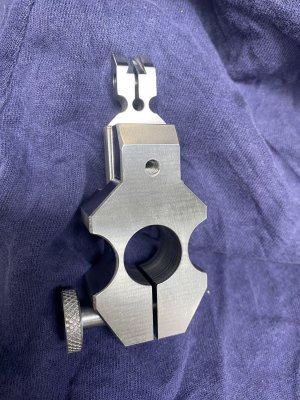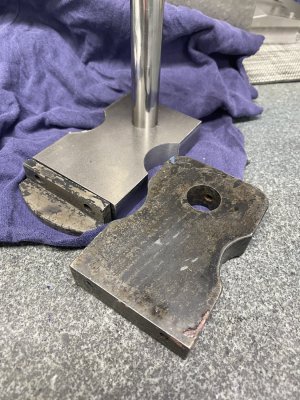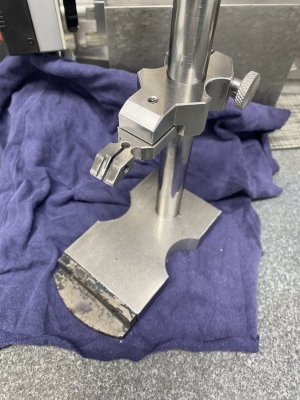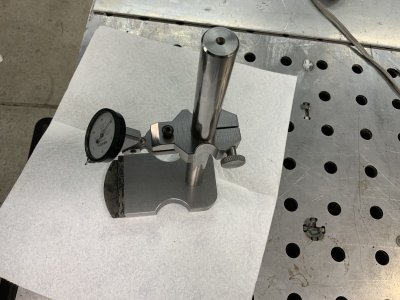I try to approach projects like this as a unique learning opportunity.
...
This entire heat treating fiasco was to learn how to do it.
It certainly is worth learning something new with every project. It's' really the thing that drives my choice of projects at home too.
I'm not sure if you've looked at them, but steel manufacturers produce datasheets for their steels. Those generally contain heat treat, tempering, and annealing details. Usually other details that might be of interest too.
Heat treating isn't rocket science, and once you learn the fundamentals it can be pretty intuitive. A big part of this is knowing which steels to use where and why. It's a bigger deal than actually heat treating any given steel. That is, you need to know what you want to bake before you bake it.
(Maybe you know the following already...If so, sorry...) 150 years ago steels were pretty simple. About the only thing different between them all was the amount of carbon in the steel. More carbon = harder steel. Mild steel like 1018 has 0.18% carbon. It really won't do much if anything when heat treated. 1045 has 0.45% carbon and will harden and get pretty tough when hardened. 1095 has 0.95% carbon, and will be hard like glass when hardened (Unless you have too much carbon 2-3%, then it becomes cast iron and is completely different!). Straight carbon steel needs to cool really fast to harden. That's why it's quenched in cold water or cold brine. Once hardened you may need to temper the steel, that is you 'draw back' some of the hardness. The temper you need depends on your steel and where you use it. 1095 full hard is brittle but wear resistant. Tempered to a blue or blue gray color, it's no longer brittle and becomes a spring. A light temper to straw or yellow (In between hard and spring) and it's a knife blade. (Ever wonder why spring steel stock is blue in color?)
As you have probably noted, you can cool a steel too fast. Quenching A2 in water for example is usually not a good idea. Quenching straight 1095 in air probably won't fully harden it, or might not harden it at all. The size, or cross section of the steel comes into play too. Big blocks of steel are hard to cool fully and evenly. Remember that most things get bigger as you heat them up. Try to imagine a big block where the outside gets cooled to 125F and the inside is still 1500F, you can just imagine the outside trying to shrink around the still hot (and large) inside. If that's a brittle steel, you can see how it will want to crack! (A2 will quench properly much more slowly, so bigger chunks can still be cooled and hardened.)
Things get more complex when you add alloys like Chrome, Moly, Vanadium, etc. In different amounts these alloys improve the properties for certain aspects of the steel. Some give it high temp hardness, or toughness, or corrosion resistance, or wear resistance. Usually adding these alloys allows slowing down the required quench speed. The A, or W, or O designations are certain 'classes' of steel, and give a rough indication how fast the steel needs to be cooled to harden. A = Air (slow), W = Water (fast), O = Oil (medium). For the properties of each, you'll want to look up the datasheet. They can vary widely, and can even vary widely over tempering temperature used.
For other designations of steels, they are optimized for certain applications also. S7, S5 are shock resistant steels, used where there may be impact loads (like a punch or similar). 300 series are very stainless (304, 308, 316, 321) but they can't be hardened (austenitic). 400 series are also stainless, and are heat treatable (Martensitic, 416, 420, 440 etc).
Again, the heat treatment part is usually pretty simple. The bigger challenge may be the choice of steel. I think you won't go wrong playing with case hardening mild steel. At the very least, mild steel is much cheaper to play with.






